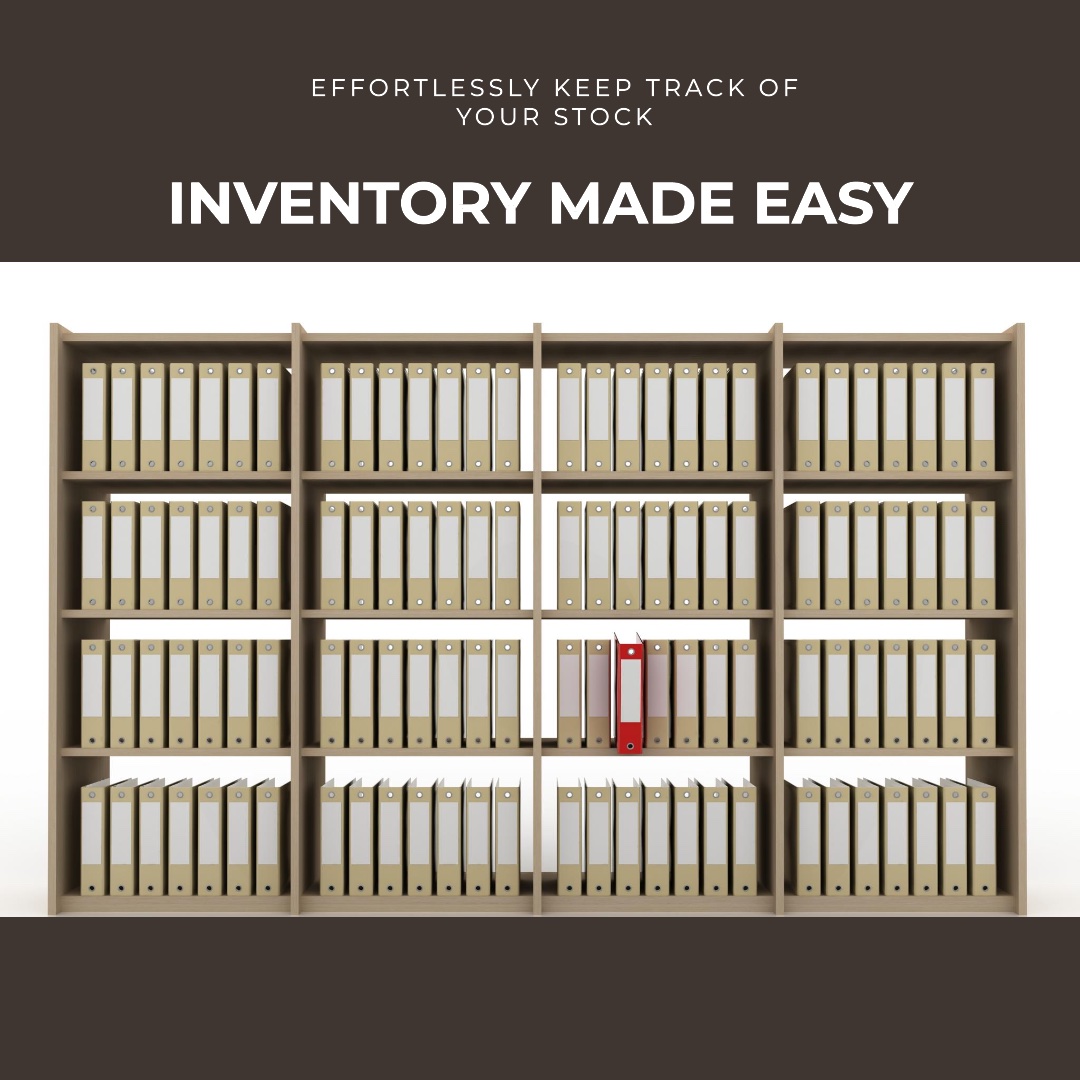Inventory management is a critical aspect of running a successful business, especially in industries like retail and hospitality. Keeping track of your inventory ensures that you always have the right products in stock, minimizes losses due to theft or expiration, and helps you make informed purchasing decisions. Here are some easy ways to streamline your inventory management process:
Utilize Inventory Management Software: Investing in inventory management software can significantly simplify the process. These tools allow you to track stock levels, set up automated alerts for low inventory, and generate reports to analyze sales trends and forecast future needs.
Implement a Barcode System: Barcoding your inventory items makes it easier to track them accurately. Barcode scanners can quickly identify products, update inventory counts in real-time, and reduce manual errors associated with manual data entry.
Organize Your Storage Space: A well-organized storage space can save time and effort when counting inventory. Use clear labeling, categorize items logically, and designate specific areas for different product types to streamline the counting process.
Regularly Conduct Physical Counts: Schedule regular inventory counts to ensure that your recorded stock levels match the actual quantities on hand. This helps identify discrepancies early and prevents stockouts or overstocking situations.
Implement FIFO and FEFO: FIFO (First In, First Out) and FEFO (First Expired, First Out) are inventory management methods that prioritize the sale or use of older stock before newer items. This minimizes the risk of product spoilage or obsolescence.
Centralize Inventory Data: Maintain a centralized database or system where all inventory-related information is stored. This includes product descriptions, quantities, suppliers, purchase dates, and pricing details. Having a single source of truth improves accuracy and accessibility.
Train Your Staff: Ensure that your staff members are trained in inventory management procedures. They should understand how to use inventory software, handle products properly to avoid damage, and follow established protocols for receiving, storing, and recording inventory.
Use Automated Reordering: Take advantage of automated reorder points in your inventory management system. Set minimum stock levels for each item, and let the system generate purchase orders or alerts when stocks fall below these thresholds.
Monitor Sales Trends: Analyze sales data regularly to identify fast-moving items, slow movers, and seasonal trends. This information helps you adjust inventory levels accordingly, optimize product mix, and avoid excess inventory of items with low demand.
Regularly Review and Adjust: Inventory management is an ongoing process that requires regular review and adjustment. Continuously evaluate your inventory practices, identify areas for improvement, and adapt to changing business needs and market conditions.
Incorporating these strategies can make inventory management more efficient and accurate, leading to cost savings and improved customer satisfaction. However, for businesses seeking a comprehensive inventory management solution, platforms like Orcainventory.com can be a great option.
Orcainventory.com offers a range of features designed to simplify inventory management, including real-time tracking, customizable reports, barcode scanning capabilities, automated alerts, and integration with other business systems such as accounting software. Its user-friendly interface and scalability make it suitable for small businesses as well as larger enterprises looking to optimize their inventory processes.
By leveraging technology and best practices in inventory management, businesses can streamline operations, reduce costs, and enhance overall efficiency, ultimately contributing to their long-term success.
Paul Sofsky
CEO
Orca Inventory


